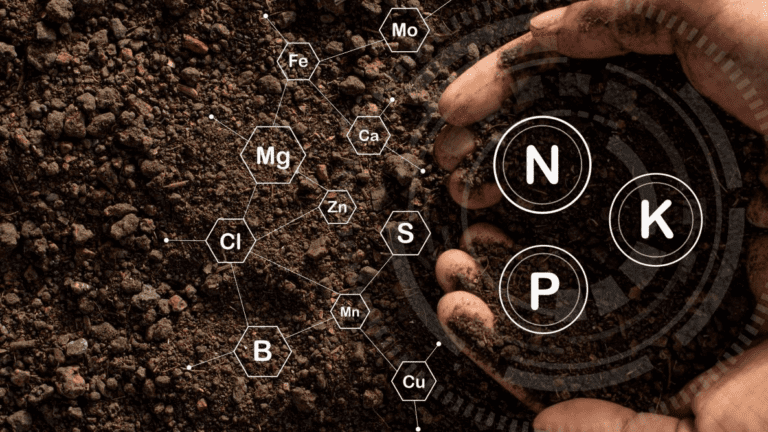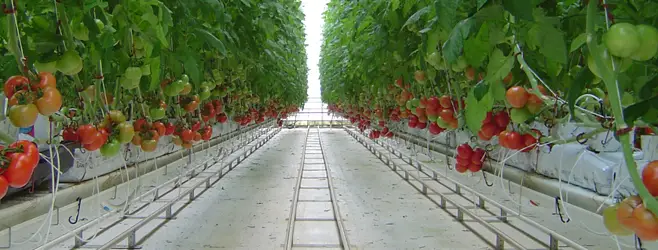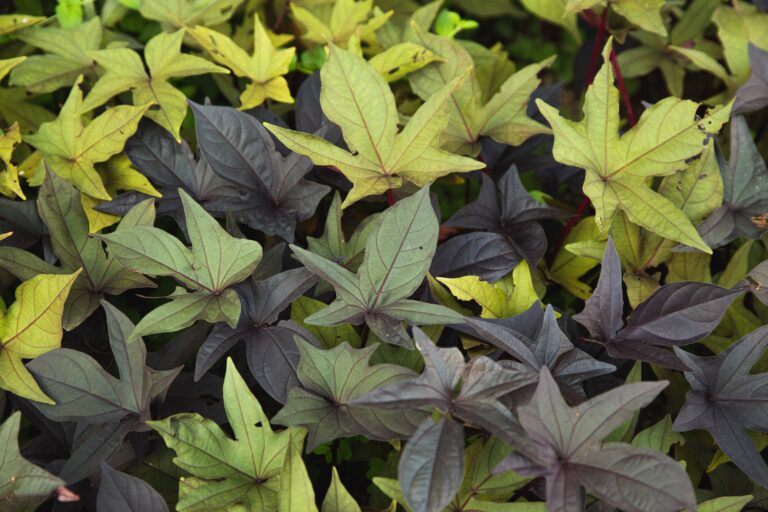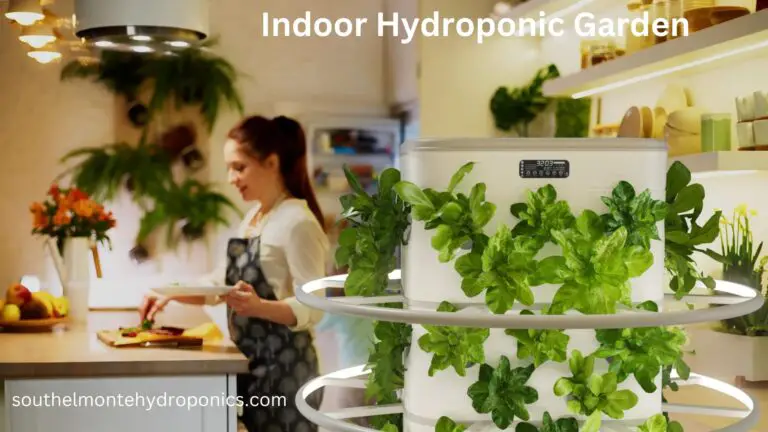Pruning 101: 4 Common Mistakes to Avoid in Your Hydroponic Garden
Table of Contents
The Role of Pruning in Enhancing Air Circulation and Light Penetration for Healthier Plants
Pruning plays a crucial role in enhancing air circulation and light penetration for healthier plants. By selectively removing unnecessary branches and foliage, gardeners can improve the overall health and vitality of their plants. One of the primary benefits of pruning is the increased air circulation it provides. When plants are densely packed with foliage, air movement is restricted, creating an environment conducive to fungal diseases and pests. Pruning opens up the plant canopy, allowing air to flow freely and reduce the likelihood of such issues.
In addition to improving air circulation, pruning also helps in optimizing light penetration. Plants rely on sunlight to perform photosynthesis, the process through which they convert light energy into chemical energy. By removing excess branches and foliage, gardeners can ensure that sunlight reaches all parts of the plant, even the lower leaves. This enhances the plant’s ability to produce food and nutrients, promoting robust growth and overall plant health.
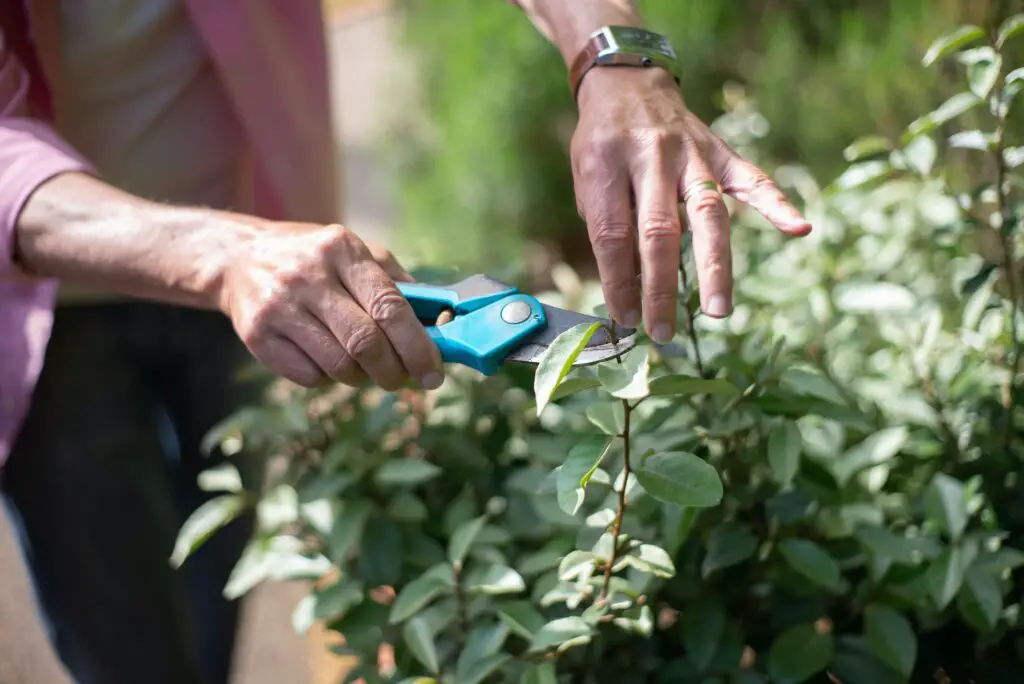
It is important to note that pruning should be done strategically and at the right time to maximize its benefits. Each plant species has its own pruning requirements, and understanding these specifics is key to achieving optimal results. Moreover, using proper pruning techniques and tools is essential to minimize damage and promote efficient healing. Gardeners should consult reputable sources or seek guidance from professionals to ensure they are making informed decisions when it comes to pruning their plants.
By implementing regular and proper pruning techniques, gardeners can enhance air circulation and light penetration in their gardens, ultimately leading to healthier and more vibrant plants. The benefits of pruning go beyond just aesthetics, as it can significantly impact the overall well-being of plants. So next time you step into your garden, consider the power of pruning and how it can improve the health and vitality of your cherished plants.
Avoiding the Mistake
Pruning is an essential practice in maintaining healthy plants, but it is crucial to avoid common mistakes that can hinder their growth and development. One common mistake that gardeners often make is pruning at the wrong time. Pruning at the wrong time, such as during the plant’s active growing season, can cause undue stress and damage to the plant. It is important to understand the specific pruning requirements of each plant species and follow the appropriate timing guidelines. This ensures that the plant has ample time to recover and grow before entering its dormant phase, promoting overall plant health and vigor.
Another mistake to avoid is over-pruning. While it may be tempting to remove excessive foliage or branches, over-pruning can weaken the plant and potentially stunt its growth. Each species has its own tolerance for pruning, and it is important to research and understand the particular needs of your plants. When pruning, it is recommended to remove no more than 25% of the foliage or branches at a time, allowing the plant to maintain its natural balance and resilience. Over-pruning can also lead to increased susceptibility to pests and diseases, further compromising the plant’s health.
By avoiding these common mistakes, gardeners can ensure that their plants thrive and flourish. Pruning at the appropriate time and avoiding excessive removal of foliage or branches will contribute to healthier growth and an enhanced aesthetic appeal in the garden. It is always beneficial to consult reliable resources or seek advice from professionals to ensure that pruning practices align with the specific needs of each plant, promoting their long-term vitality.
• Pruning at the wrong time, such as during the plant’s active growing season, can cause stress and damage to the plant.
• Understanding the specific pruning requirements of each plant species is crucial for proper timing.
• Over-pruning can weaken the plant and stunt its growth.
• Researching and understanding the particular needs of your plants is important before pruning.
• It is recommended to remove no more than 25% of foliage or branches at a time to maintain natural balance and resilience.
• Over-pruning can increase susceptibility to pests and diseases, compromising overall health.
• Consulting reliable resources or professionals can ensure pruning practices align with plant needs.
What is pruning and why is it important for plants?
Pruning is the process of selectively removing certain parts of a plant, such as branches, leaves, or buds. It is important for plants because it helps promote air circulation, allows sunlight to penetrate more effectively, and encourages healthier growth.
How does pruning enhance air circulation around plants?
Pruning helps create space between branches and leaves, allowing air to flow more freely within the plant. This prevents the buildup of stagnant air, which can lead to the growth of fungi and other diseases.
Can pruning improve light penetration for plants?
Yes, pruning can improve light penetration for plants. By removing excess branches and leaves, light can reach deeper into the plant, ensuring that all parts receive sufficient sunlight for photosynthesis.
Are there specific pruning techniques to ensure healthier plants?
Yes, there are specific pruning techniques to ensure healthier plants. These techniques include removing dead or diseased branches, cutting back overgrown or tangled areas, and shaping the plant to encourage balanced growth.
What are the benefits of enhanced air circulation and light penetration for plants?
Enhanced air circulation and light penetration contribute to healthier plants by reducing the risk of diseases caused by poor air circulation and ensuring optimal photosynthesis, which is essential for plant growth, flowering, and fruit production.
When is the best time to prune plants?
The best time to prune plants varies depending on the specific plant species. However, as a general rule, it is often best to prune during the dormant season or just before new growth begins in spring.
Can excessive pruning harm plants?
Yes, excessive pruning can harm plants. It is important to follow proper pruning techniques and avoid removing more than one-third of a plant’s foliage at a time. Over-pruning can weaken the plant, disrupt its natural growth pattern, and make it more susceptible to diseases.
Are there any specific tools recommended for pruning?
Yes, there are specific tools recommended for pruning, such as pruning shears, loppers, and pruning saws. The choice of tool depends on the size and thickness of the branches being pruned. It is important to use sharp, clean tools to minimize damage to the plant.
Can pruning be done on any type of plant?
Pruning can be done on most types of plants, but it is important to consider the specific needs of each plant species. Some plants may require more frequent pruning, while others may have specific pruning requirements for optimal growth.
How often should plants be pruned?
The frequency of pruning depends on the plant species and its growth habits. Some plants may require annual pruning, while others may need more frequent or less frequent pruning. It is best to research the specific pruning needs of each plant to determine the appropriate pruning schedule.

Pallavi Gupta is a burgeoning writer at SouthElMonteHydroponics, blending her passion for data analysis with a keen interest in biotechnology. Currently pursuing a Bachelor’s in Biotechnology at Amity University, Pallavi delves into the intricacies of life sciences while gaining hands-on experience in the exciting world of data analysis. Her unique background provides a fresh perspective on hydroponic farming, as she explores the intersection of biotechnology and sustainable agriculture. Through her writing, Pallavi aims to bridge the gap between data-driven insights and innovative farming practices, inspiring others to harness technology for a greener future.


